Consult with our experts to pick your prefect rug delivered to your door step.
Or start with the one closest to your desire from our catalogue, we will provide you with all the possible options
Showing 1–9 of 507 resultsSorted by popularity
Or start with the one closest to your desire from our catalogue, we will provide you with all the possible options
Historical and Cultural Significance of Kerman Rugs
Originating from the historic Kerman region in southeastern Iran, Kerman rugs embody centuries of rich weaving traditions that combine influences from both nomadic and urban cultures. This region has long been celebrated for its art of carpet weaving, which has evolved into a sophisticated craft passed down through generations. Historically, these rugs were prized not only for their intricate patterns and superior craftsmanship but also for their ability to capture the essence of Persian culture. The designs often reflect the opulent beauty of Persian gardens, incorporating lush, floral motifs that tell the story of a region steeped in artistic heritage and natural splendor.
Distinctive Design Elements of Kerman Persian Rugs
Kerman rugs are renowned for their elaborate floral and botanical patterns, which are both ornate and harmonious. The design typically includes:
Central Medallions: Serving as a focal point, the medallion is often surrounded by intricately detailed patterns that symbolize the beauty and balance found in nature.
Harmonious Borders: These provide a graceful frame that complements the central design, ensuring the overall composition is both balanced and visually pleasing.
Delicate Curves and Interlocking Motifs: The flowing, interconnected designs capture the lush heritage of the region, evoking the gentle curves of Persian garden pathways and the delicate structure of blooming flowers.
The color palette used in Kerman rugs frequently features rich reds, deep blues, and creamy beiges, creating a classic and timeless look that adds warmth and sophistication to any space.
Materials and Craftsmanship of Kerman Persian Rugs
Craftsmanship is at the heart of every Kerman rug. These carpets are predominantly made from high-quality wool, which ensures durability and a soft texture underfoot. Premium versions may also incorporate silk accents to enhance the visual richness and tactile quality of the design. Key aspects of their production include:
High Knot Density: With figures often exceeding 800,000 knots per square meter, the fine workmanship results in detailed patterns and a refined texture.
Asymmetric (Persian) Knot: This traditional knotting technique allows for a high degree of precision and detail, contributing to the rug’s intricate appearance.
Durability and Detail: The combination of robust materials and meticulous craftsmanship ensures that each rug is not only a work of art but also a durable piece suitable for long-term use in refined settings.
Room Suitability and Aesthetic Impact
Kerman rugs are ideal for settings that require a blend of traditional elegance and sophisticated design. Their intricate patterns and rich color schemes make them perfect centerpieces in various interiors:
Formal Living Rooms: The detailed artistry and classic color palette add an element of refined luxury, anchoring the room with a timeless focal point.
Libraries and Formal Studies: Their sophisticated design contributes to a scholarly ambiance, enhancing environments where tradition and culture are valued.
Dining Rooms: A Kerman rug can elevate a dining space by providing both visual warmth and an artistic backdrop that enhances the overall dining experience.
Transitional Decor: Whether your style leans toward the traditional or the modern, Kerman rugs serve as versatile additions that harmonize with various décor themes.
Investment and Value Considerations of Kerman Rugs
Positioned in the mid to high price range, Kerman rugs represent a wise investment for collectors and homeowners alike. Their value is driven by:
Labor-Intensive Production: The detailed, hand-knotted process requires exceptional skill and time, contributing to the rug’s overall worth.
Artistic Excellence: Each rug is a unique masterpiece that showcases the rich cultural traditions and technical expertise of the region.
Long-Term Durability: Made from quality materials such as high-grade wool (and occasionally silk), these rugs are built to last, maintaining their beauty even with regular use.
Cultural Heritage: Owning a Kerman rug is akin to preserving a piece of history—a functional work of art that encapsulates the enduring legacy of Persian craftsmanship.
Maintenance and Care Tips for Kerman Rugs
Proper care is essential to preserve the intricate details and vibrant colors of a Kerman rug. Here are some comprehensive care recommendations:
Vacuum Gently: Use a vacuum with soft suction and avoid aggressive brushes to remove dust without damaging the delicate fibers.
Rotate Periodically: Regular rotation ensures even wear, maintaining the rug’s visual balance and longevity.
Spot Clean Immediately: Address spills as soon as they occur using mild, natural cleaning agents to prevent stains from setting.
Avoid Heavy Moisture: Excess moisture can damage both wool and silk fibers; therefore, keep the rug in a well-ventilated area and avoid over-wetting during cleaning.
Professional Cleaning: Consider a professional cleaning service every few years to deeply cleanse and preserve the rug’s fine details and color vibrancy.
Why Choose a Kerman Rug?
Investing in a Kerman rug means inviting a piece of exquisite Persian artistry into your home. These rugs are celebrated for their ability to blend intricate design with durable construction, making them a perfect addition to any space. Whether you are looking to elevate your formal living room, create a stunning focal point in a library, or add a touch of timeless elegance to a dining area, a Kerman rug offers a unique combination of artistic beauty and practical functionality. With keywords such as “buy Kerman Persian rug” resonating among collectors, these rugs continue to attract those who value the fusion of tradition, luxury, and lasting craftsmanship.
By embracing the rich history, artistic design, and meticulous craftsmanship of Kerman rugs, you not only enhance your home décor but also invest in a legacy that reflects centuries of Persian cultural heritage and artistic innovation.
As a family-owned Persian carpet shop, we bridge the gap between passionate collectors and skilled weavers, supporting both the artistry and the heritage of this timeless craft.
We guarantee fair prices for Original Authentic Persian Carpets
Address:
Shop No-GD 04, Dragon Mart 2 –
Dubai – United Arab Emirates
No.36 – 10th st. – Hafez Ave. –
Shiraz , Iran
Block 19 – Kooye Mohandesan –
Kish Island, Iran
Email info@letsgopersian.com
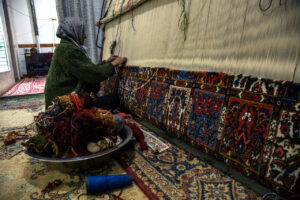
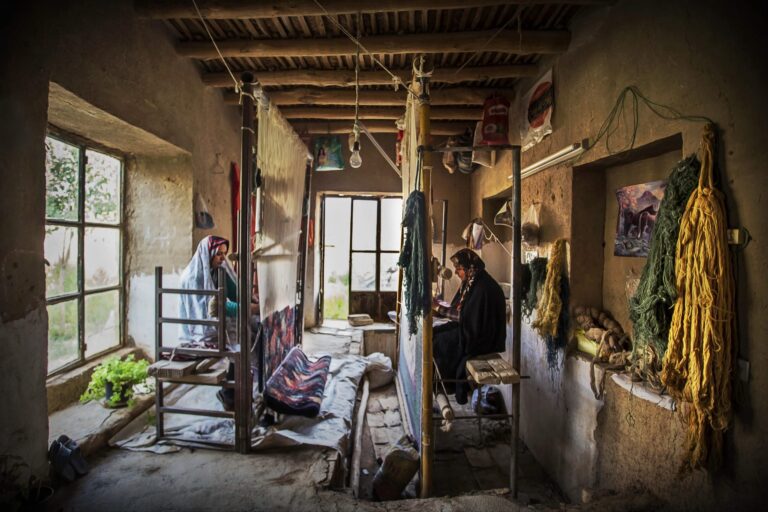
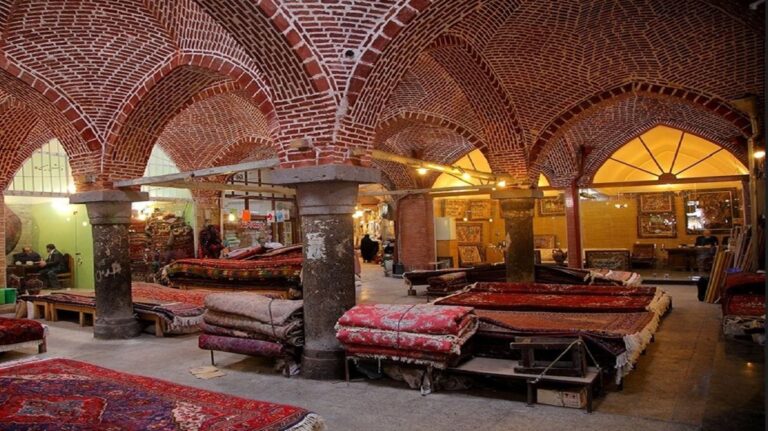
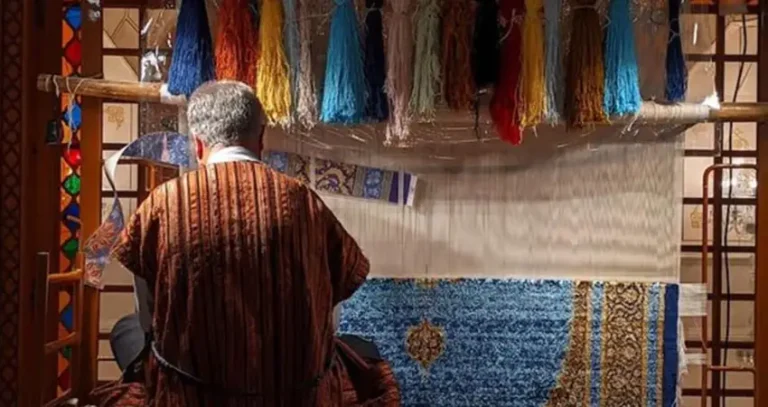
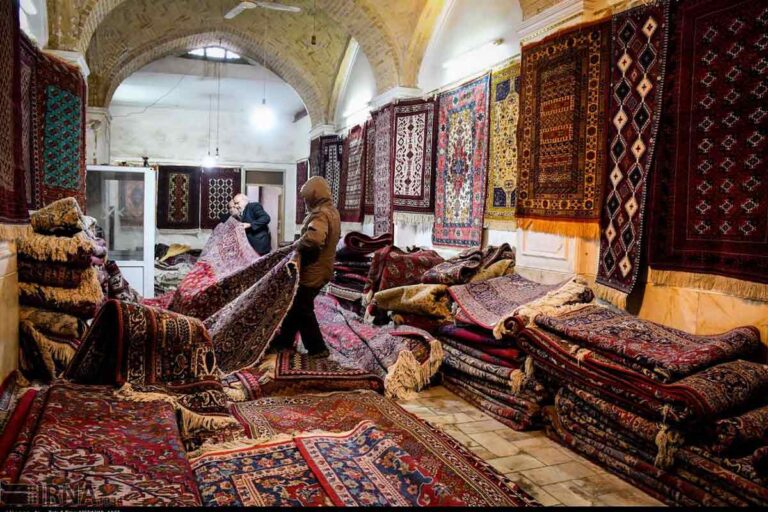
We bring you not just a carpet, but a masterpiece with a story — directly from the hands of Iranian artists to your home.
By working directly with artisans, we help preserve centuries-old traditions while offering our customers a chance to own a unique piece of original cultural heritage.